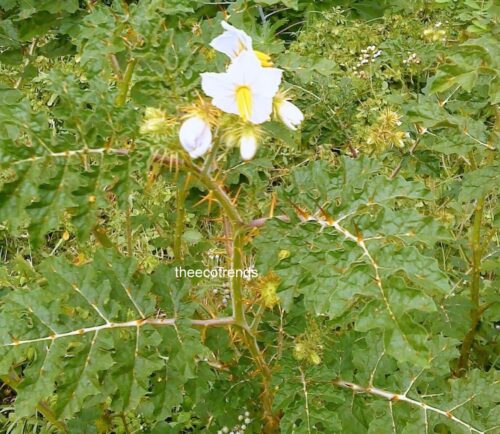The conditions of a habitat remain changing abruptly and periodically.
Abrupt changes in environment often do not give time to an organism to get ready and to face the challenges. As such the organism can survive only when it has sufficient abilities to tolerate these changes.
Periodic changes form a pattern and occur again and again at more or less fixed intervals. Under these conditions, an organism gets sufficient time to develop abilities of tolerance. Such ability is the ability of hibernation or aestivation.
Organisms have to undergo various types of structural and functional modifications in adverse conditions. These conditions enable them to adjust in a particular environment in which they live. This is called as adaptation.
Dictionary defines adaptation as- an alteration or adjustment in structure or habits, often hereditary, by which a species or individual improves its condition in relationship to its environment.
Adaptations can be anatomical, behavioral or physiological.
Anatomical adaptations
Changes in the physical features like shape of a plant or animal are called as anatomical adaptations. On the other hand those adaptations that can be inherited or learnt are called as Behavioral adaptations. Examples to these adaptations can be use of tools, language, and swarming behavior.
Physiological adaptations include the ability to make toxin or venom for protection of an individual. Many organism or animals produce toxins or venoms to defend themselves from enemies. These adaptations are included in physiological adaptations. It may also be of more general type such as regulation of temperature.
Adaptation to extremes of environment incorporates many special behaviors and physiological changes. These special behaviors or physiological changes are needed by living beings to withstand the harshest conditions and environments of the earth.

Plants, animals and other organisms evolve different strategies to protect themselves from hard conditions of environment. These strategies enable them to survive even in adverse conditions. These adverse conditions may range from hard weather, difficult habitation or even Predation.
Another example is migration, hibernation or aestivation of animals to avoid cold or winter. We see that trees shed their leaves to avoid excess transpiration.
We see that many plants have thorns to protect them. Some plants are poisonous also. Animals can camouflage to deceive their enemies. Many wild animals travel in great numbers to far off areas to protect them from hard weather conditions.
Some processes of adaptation are detailed here –
Many amphibians go on hibernation during winters to protect themselves from cold because they are cold blooded that is the temperature of their blood changes with the changing atmospheric temperature.
Hibernation is an extended period of deep sleep that allows animals to survive winter extremes. These animals cannot survive the extremes of summer as well and to protect themselves from the rising temperature during summers they go deep underground in cold places. This strategy is called as aestivation.
Many animals have tendencies of food storage. Rabbits, squirrels, rats and even ants store food for bad days. Food storage is a strategy for getting through hard times when resources remain low because of seasonal and other factors.
Many carnivores such as foxes and leopards bury surplus prey and return to eat a few days later. Squirrels bury enough nuts to get them through the winter.
Many butterflies, birds and fish migrate to other habitats during unfavorable conditions of the environment. What is migration?
Migration is usually periodic and seasonal movement of animals for food, suitable breeding sites or to escape bad weather conditions. Mass migrations such as wild beasts crossing certain river, or migration of pacific salmon towards up stream to mate are strange adaptations.
Defense against predation is another form of adaptation that is observed in many cases. The predation defense is seen in many forms such as physiological, anatomical and behavioral. Spines and thorns on plants are physical adaptations.
Avoiding detection by enemies through camouflage and mimicry and chemical defense by secretion of toxin or poison or the exudation of irritants to repel enemies are strange examples of adaptations.




